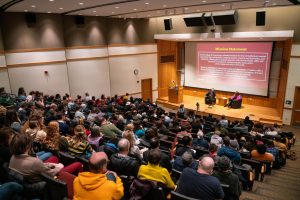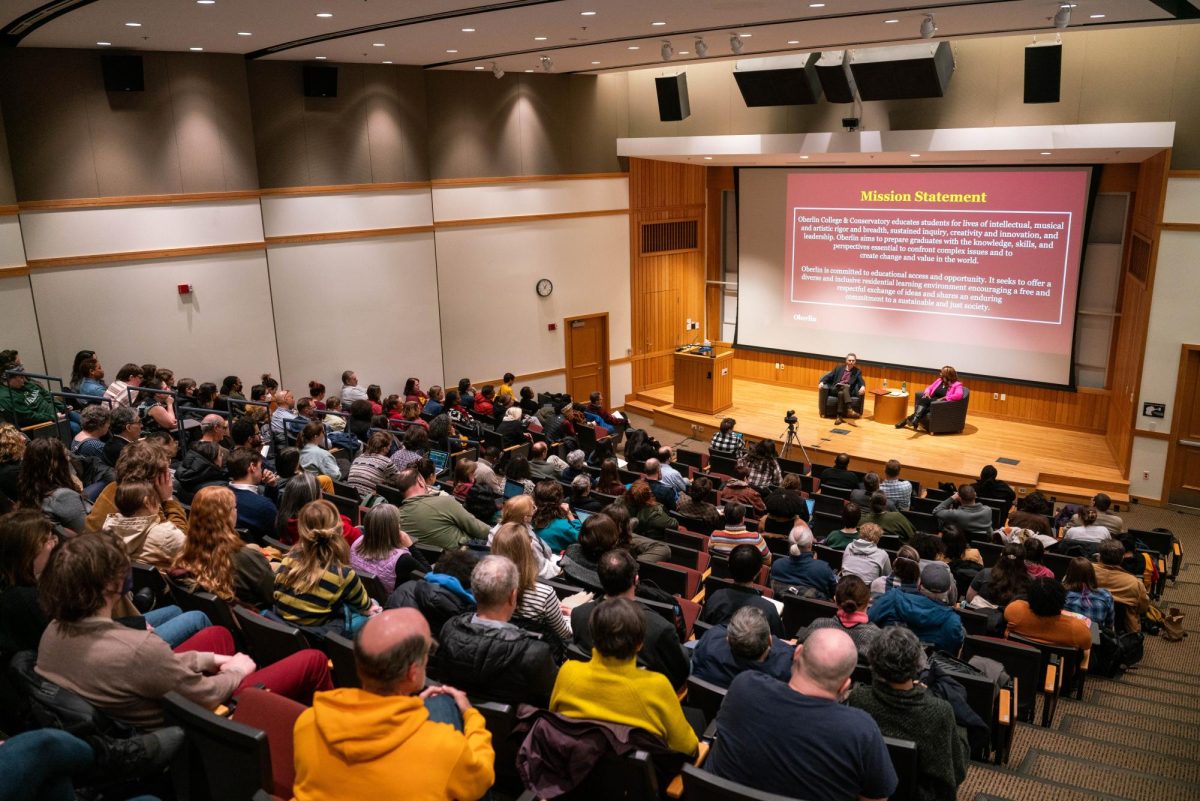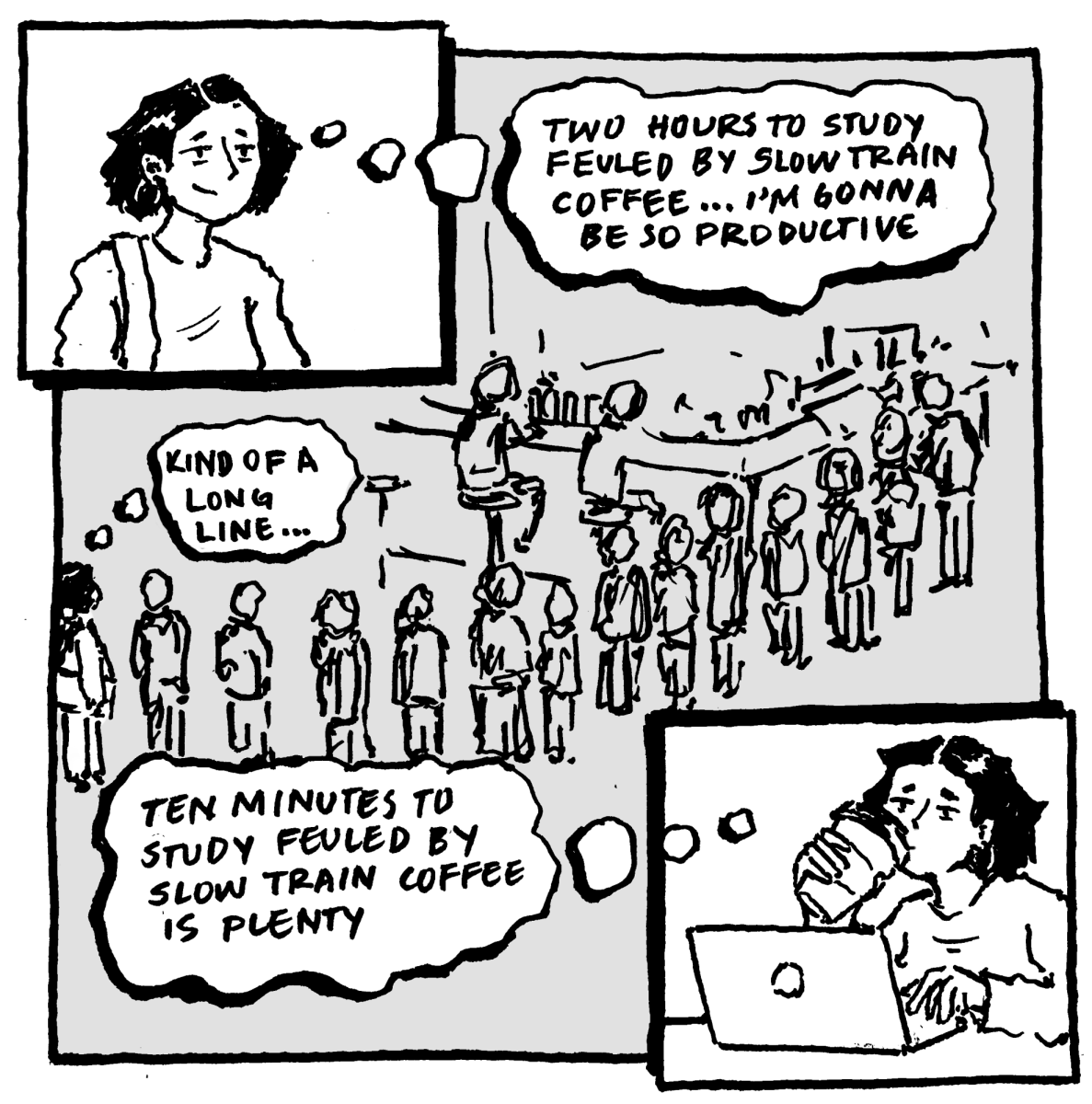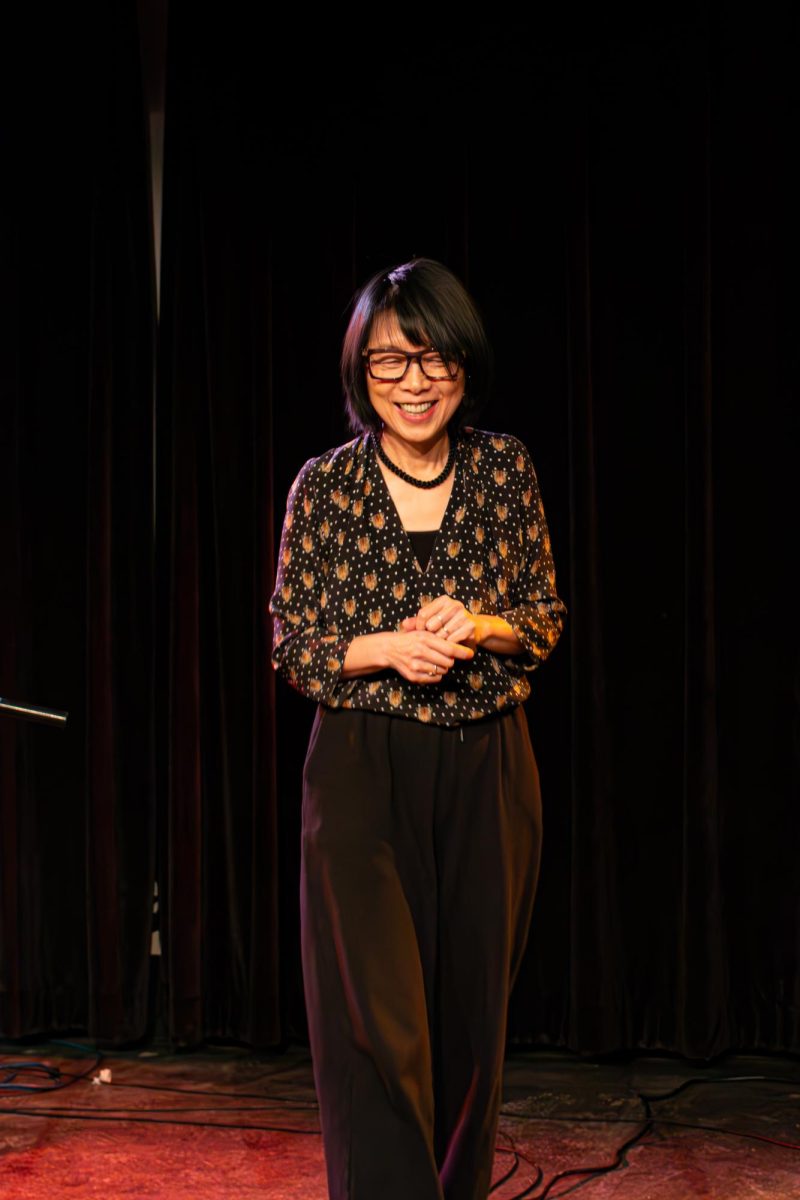Feature: Economics Major Decodes Game Theory for the Layman
April 6, 2012
Game theory is one of the most important and least acknowleged methods of strategy. Steven Brams, mathematical political scientist and game theorist who teaches as a politics professor at New York University, has authored 17 books and over 250 published articles, in addition to developing two patented fair division algorithms. As a part of the Fuzzy Vance Lecture series, Oberlin hostied Brams on March 15. The focus of the lecture, based on his most recent book Game Theory and the Humanities: Bridging Two Worlds, works to apply rational decision making informed by game theory to the humanities. Brams even attempts to use this theory to explain the relationship between humanity and a “superior being.”
Game theory is a mathematical theory of interdependent decision making, where interdependent means that one player’s best strategy is dependent upon the choices of others. Game theorists build models with nodes that reflect possible scenarios in a given situation. After the model is constructed game theorists assign simplified payoffs to each player for each scenario. Assuming that each player knows the other player’s preference — or have “perfect information” — and that all players are attempting to optimize their payoff, the outcome of a situation can be found at the Nash equilibrium, or the node in which no player can benefit from changing her strategy given that the other players’ strategies stay unchanged.
This method has been used in a number of important venues such as warfare, foreign policy and politics. What makes Brams’ ideas different was the application of game theory in the humanities. The purpose of game theory is to take the emotions out of a situation and focus on rational decision making, while the purpose of humanities is often to depict the power of human emotion and its humanizing effect, making Bram’s application an interesting attempt to bridge this gap.
One strategy point that Bram described was titled “Belief in a Superior Being.” The human is faced with the decision of whether to believe in a superior being or not, and the superior being is faced with the decision of whether or not to reveal him/herself. Though difficult to explain without the use of mathematical proofs, the accepted result is found at the Nash equilibrium. Bram challenges this equilibrium and suggests that over time the outcome of the game will move around to different nodes. Given that there are periods of religious revival and religious divide, people can push the game out of Nash equilibrium if new generations decide not to believe in the superior being. It is then possible that the superior being will subtly reveal him or herself to rekindle the flame, if you will.
The lecture was an example of the way in which the integration of mathematics and the humanities can inspire revelations within each field. Bram is a true Renaissance man who has had a profound influence on the world of game theory. At one point in the lecture, he described complicated mathematical theories, and at another point he quoted an entire monologue from Hamlet off the top of his head. In his words, “everybody can benefit from the use of game theory.”
Sylvia Nasar, economist and author of A Beautiful Mind — which tells the story of John Nash, mathematician and creator of the Nash equilibrium — will give a talk Monday on her new book Grand Pursuit: The Story of Economic Genius in Modern Times.






















